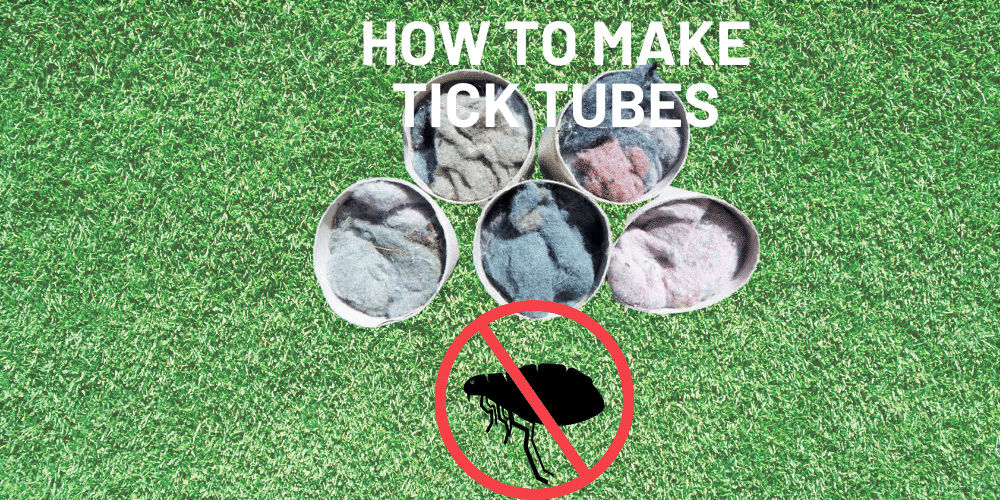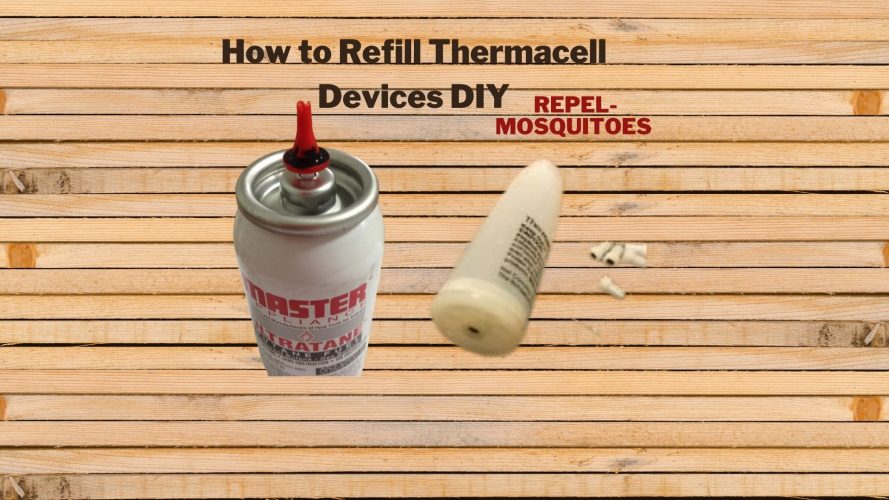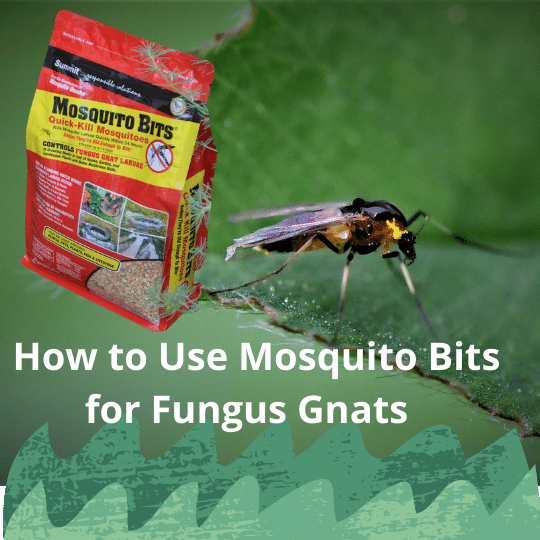Mosquitoes are small flies within the family Culicidae. The name “mosquito” is Spanish and Portuguese for “little fly”. Mosquitoes have a slender segmented body, one pair of wings, one pair of halteres, antennae, and siphon tubes at the tip of their abdomens.
Mosquitoes are one of the largest families in the Diptera order. This family includes approximately 3,500 species which live in almost every part of the world with the exception of Antarctica.

Size:0.125 to 0.75 inches
The size of Mosquitos
Adult mosquitoes are relatively small insects that generally are about 0.15– 0.4 inches long, although some species can be less than 0.1 inches long. However, most mosquito adults commonly encountered are close to the same size.Mosquito-borne diseases are those spread by the bite of an infected mosquito irrespective of size. All sizes of Mosquitoes include mosquito born diseases.
Mosquitoes' life cycle
Mosquitoes’ life cycle is an exciting and complex process. Mosquitoes go through four stages of life: egg, larva, pupa, and adult.
The adult mosquito begins its life by laying eggs on or near a water source. After about two days, the eggs hatch into larvae, which live in water and eat small animals like algae and other microorganisms. The larvae grow for about four days before they emerge from the water as pupae. The pupae then spend another four days developing into adults.
Once they become adults, mosquitoes feed on blood sources like humans or animals to complete their lifecycles. They can also lay more eggs after feeding on blood because they produce more eggs than other insects do to ensure that at least some survive to adulthood.

There are Five Distinct Types of
Mosquito Egg Oviposition:
- Single On Water: Anopheles and Toxorhynchites
- Single In Soil: Aedes and Psorophora
- Single On Cavity Walls: Wyeomyia, Orthopodomyia, a Aedes
- Rafts On Water: Most Culex, Culiseta, Coquillettidia,
- On Plants: Mansonia
How Mosquito Bites and Why
Mosquitoes use their proboscis to puncture the skin of their prey and suck out blood. In order to do this, they have to fly around until they find a good spot to land on and then stab it with their needle-like mouth-parts. This process is called probing, and it helps mosquitoes identify a blood vessel deep under your skin so they can get the nutrients they need from your blood.
Mosquito bites because mosquitoes are flying insects that feed on the blood. Besides, they need blood for their reproduction. For laying eggs, they need nourishment. After mating, they seek blood so the mosquitoes can fulfill their target.

10 Contrast Male Mosquito vs. Female Mosquitoes
Female mosquitoes
- Usually, live for a few days
- Have smoother, needle-like proboscises
- Does not have the hair on their antennae
- Suck blood, nectar, and fruit juice
- Tend to hatch later
- Carry diseases
- Buzz at a higher pitch
- More proximal to humans
- Roles are to mate, fertilize & lay eggs
- Mates only once
Male Mosquitoes
- Usually, live for one to two weeks
- Have bushy proboscises
- Have feather-like hair on their antennae
- Suck fruit and nectar juice
- Tend to hatch early
- Does not carry diseases
- Buzz at a lower pitch
- Tend to stay away from humans
- The primary role is to carry sperm
- Can mate many times
10 Most Popular Mosquitoes and Scientific Name
COMMON NAME
SCIENTIFIC NAME
MEDICAL IMPORTANACE
Asian Tiger
Aedes albopictus
Potential vector for dengue , WNV, encephalitis viruses
Yellow Fever
Aedes aegypti
Chikungunya ,dengue fever ,Yellow fever,
Aedes Backyard Mosquito
Notoscriptus
Canine heartworm vector
Australian Backyard Mosquito
Aedes notoscripf
Canine heartworm vector
None
Anopheles franciscanus
Not known to carry disease
Western Malaria Mosquito
Anopheles herms!
Malaria vector
Tule Mosquito
Culex erythrothorax
Vector for WNV
Banded Foul Mosquito
Culex stigma tosoma
Secondary SLE vector
Culex tarsalis
Western encephalitis Mosquito
Principal SLE, WEE, and
WNV vector
Cool Weather Mosquitoes
Culiseta incidens
Not known to carry disease in California
How Mosquito Repellent Designed

Lemon Eucalyptus Oil Mosquito Repellent Spray
Mosquito Repellent Solar Outdoor Light
5 Surely Safe Indoor Mosquito Repellent Sprays
3 Best Granular Mosquito Repellent
Fancy Mosquito Nets work as Repellent
Pick an Unscented Mosquito Repellent That You Like
Best Mosquito Repellent Wipes Bulk Review
REFERENCE :
https://en.wikipedia.org/wiki/Mosquito
https://www.cdc.gov/mosquitoes/about/what-is-a-mosquito.html
https://www.nationalgeographic.com/animals/invertebrates/facts/mosquitoes
http://npic.orst.edu/pest/mosquito/index.html
https://www.health.govt.nz/your-health/healthy-living/environmental-health/pests-and-insects/mosquitoes



